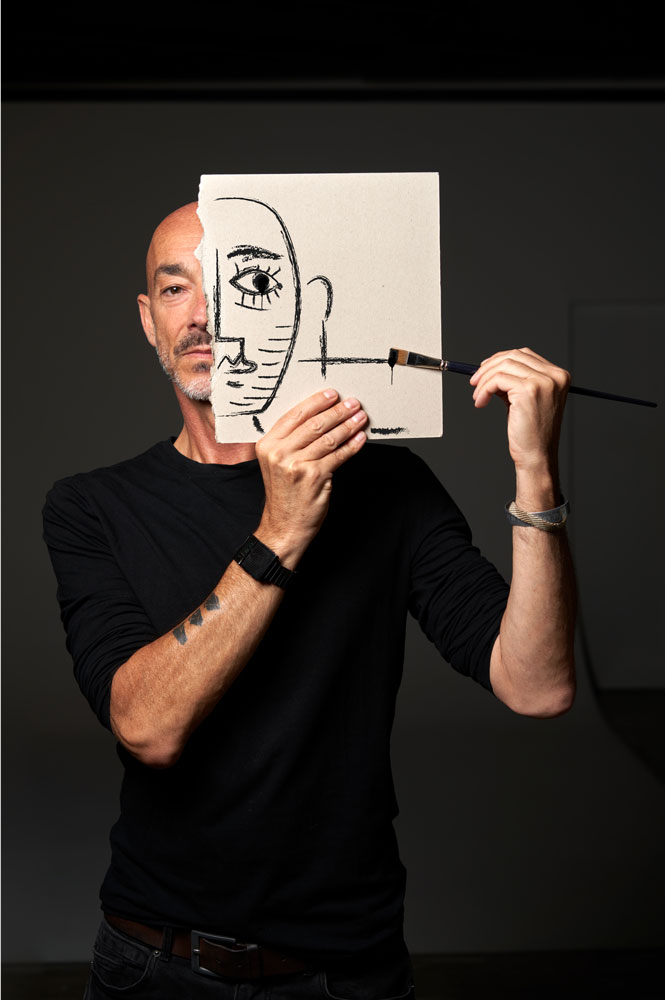
“Architecture can transform the way it presents itself into a poetic play and its viewers into an audience.”
– Federico Babina
Italian-born and Barcelona-based, Federico Babina describes himself as a trained architect and graphic designer but mostly a curious person whose fascination with blending the worlds of architecture and illustration has led to his beautiful and signature works of art. We spoke to Babina about his latest style of work, his combined love for architecture and illustration, and his collaboration with Motiva called ‘Anima’.
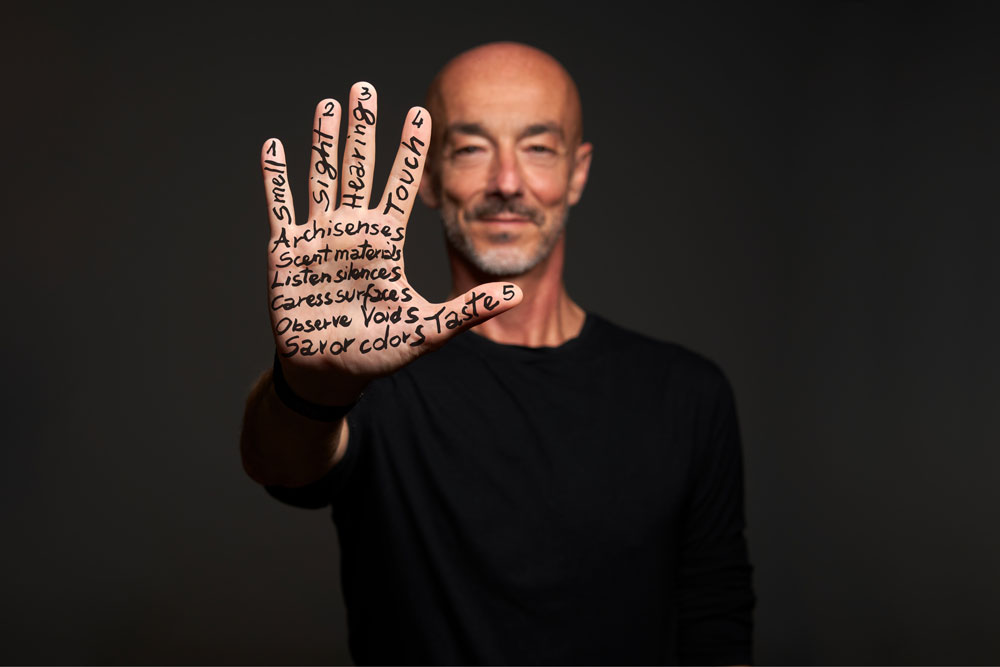
I am an Italian architect and graphic designer that lives and works in Barcelona. I practice in both areas. Sometimes I am an architect with a passion for illustration and other times I’m an illustrator who’s in love with architecture.
I am fascinated by the idea of being able to blend the world of illustration and architecture. In my eyes, architecture has the power to transform the way it presents itself into a poetic play and also transform its viewers into an audience.
I like trying to explain the world I see through different techniques of expression. I’m always looking for new forms of language to describe the world around us. I like the richness of the language and the diversity of its forms.
Finding a common language across disciplines and combining various topics into one image enthralls me. That is to say, there are endless connections and links between different art forms and I believe it is my duty to discover more.
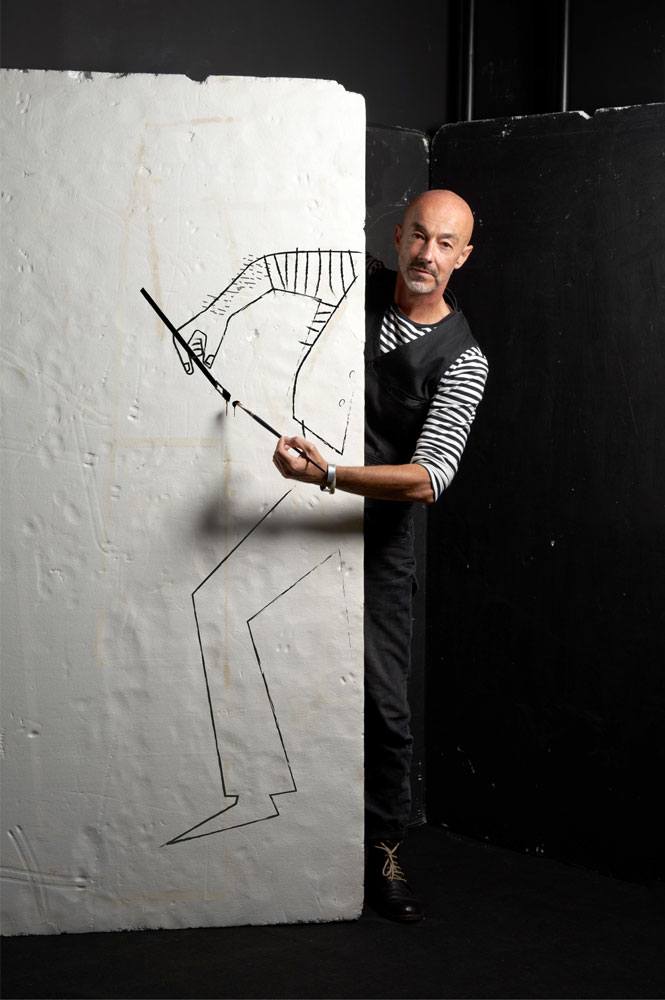
I think I don’t have a particular style in general. I avoid confining myself in a prison of a style or shape. Having a defined style means that you have to follow rules and regulations. I prefer to make an effort to create a free language without several restrictions that limit expressiveness.
To me, drawing and illustration are one of the ways to recount and photograph thoughts, feelings, and emotions. I think every picture has a story and every picture is a witness of a story.
Through my illustrations, I attempt to bring people into a world where architecture does not have to conform to logic. A dream world where everything is possible, without restrictions.
I try to keep my expressive language as simple as I can. To me, simplifying is the hardest thing. To simplify you have to remove things in excess, and to do so you need to know what to remove.
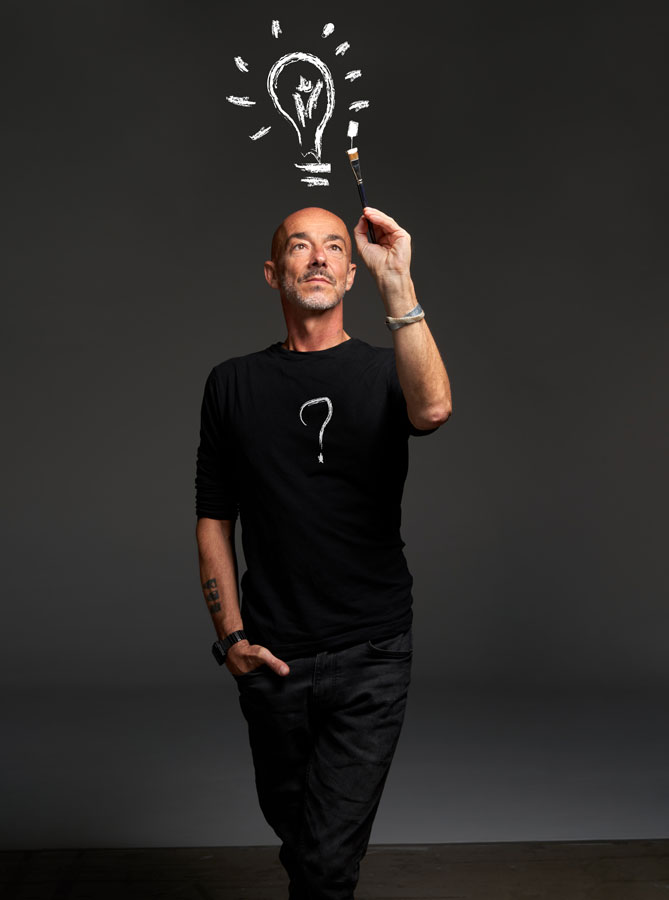
I think the ideas are there waiting for us, the problem is that often we are not able to see them. I try to observe things from a different point of view.
Occasionally, I catch myself exhilaratingly gazing at the magnificent architecture while holding my breath, sticking my nose in the air, opening my mouth, and enjoying the enchantment of the performance. Looking at the world upside down can offer many creative ideas and awaken from a kind of ‘sleep of vision’.
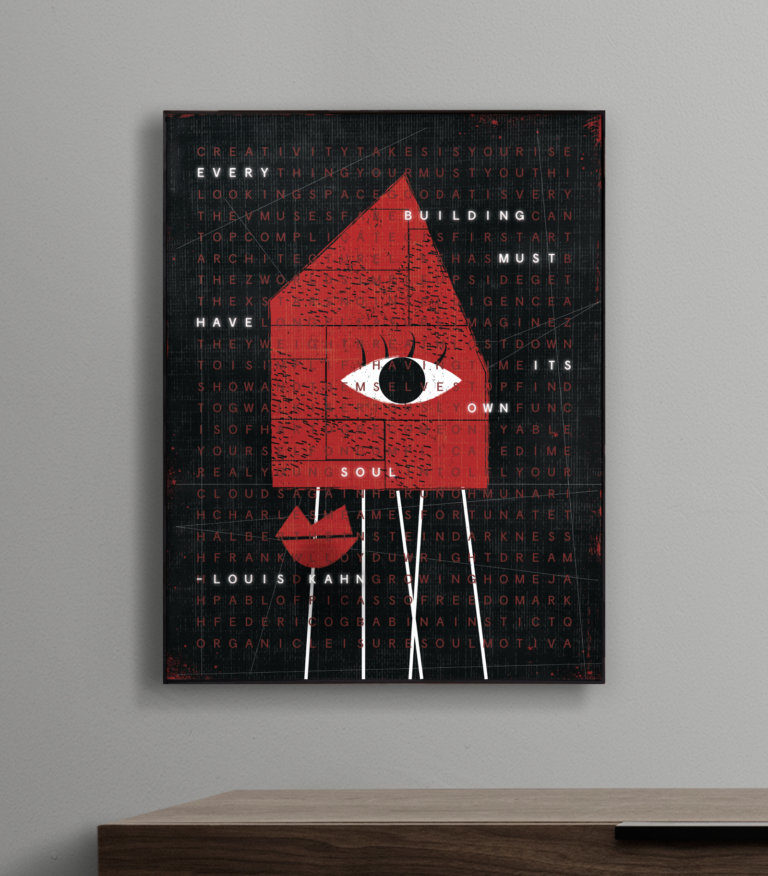
Although the information we collect with years of experience increases knowledge but sometimes seems to limit fantasy and the flexibility of imagination. Hence I try to look at the world through the eyes of a child. In my opinion, children’s drawings are always amazing and beautiful in their spontaneous simplicity and clarity.
I wanted to create a style of portraiture that emphasizes the fundamental features of the face and reveals ambiguity while maintaining the essence of figurative representation.
My piece is called ‘Anima’ and I chose this title as it is a different form of presenting the ‘soul of architecture’. Anima literally translates to ‘the soul’, especially the irrational part of the soul as distinguished from the rational mind- A playful but at the same time serious form.
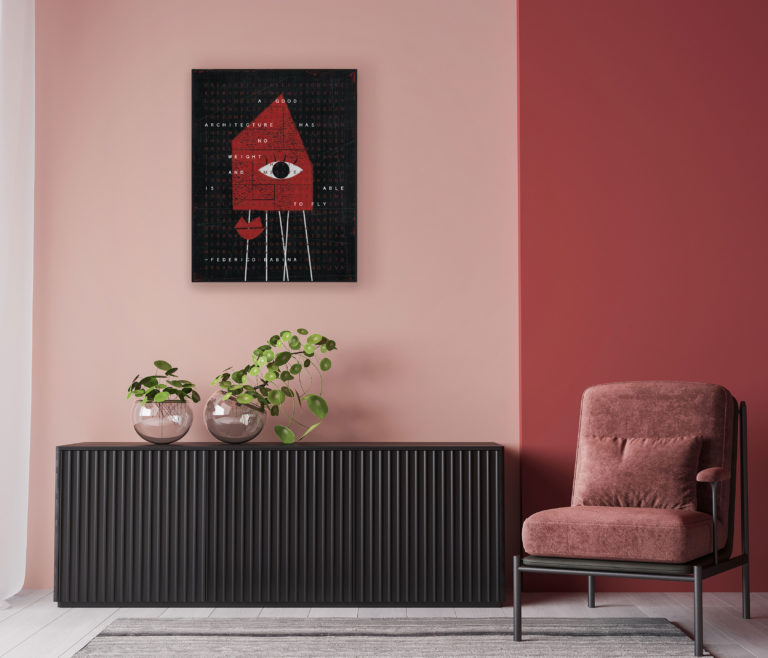
Anima is a reflection on the creative process and the way we see and perceive things. Things are not always the same and change depending on the observer. I intend to transport my audience to a universe where rationality is not required of architecture through my images. In a utopian setting, there are no limitations and everything is conceivable.
In a similar way, through Anima, I have portrayed architecture in a way that allows it to remain identifiable to the viewer while still rooted invagueness. The ambiguity in Anima explores ideas of perception, where I want to leave the viewer to his/her own imagination to interpret the artwork through his/her unique gaze.
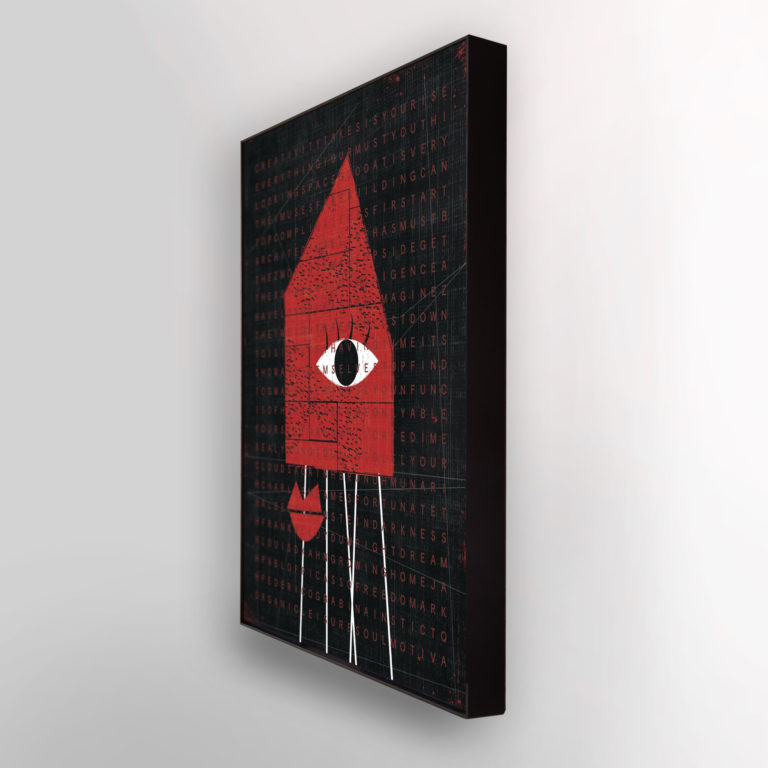
‘Anima’ portrays the spirit of architecture in a playful yet serious form. It is an extension of my fascination with elemental geometric and vibrant colors. While it unveils layers of ambiguity without losing the essence of symbolic representation.
Anima strikes a balance between art and architecture, abstract and figurative, that floats in a sensory experience. Every good architecture, to be such must have a soul and a personality.
As in an architectural “Pareidolia”, I enjoyed looking at and recognizing the profile of a face in architectural forms: it is an exercise of creativity and imagination which is simple and effective that helps develop an “elastic thought” – thought thinks and imagination sees.
The quotes I selected for this piece reflect mainly on creativity and explore the connection it has with imagination and invention.
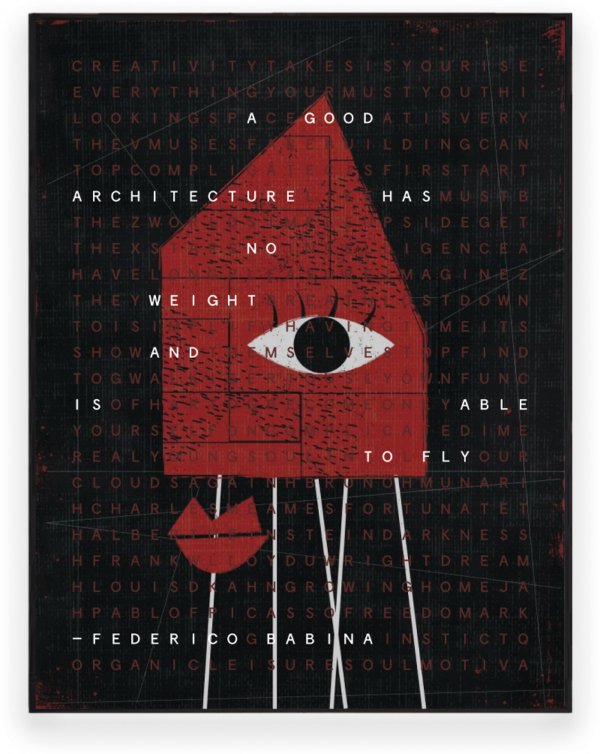
What fascinated me about Motiva is the idea of creating a form that can translate thoughts and words into a visual shape. And using words and lines that embrace each other to draw an idea.
I’m intrigued by how Motiva engages in dialogue through its unique platform that combines art, words and technology. An illustrated exploration of form, creativity, and the meaning of words is sought after by the representation of the materiality and physicality of language.
‘Anima’ by Federico Babina now available on motiva.art